by C. Elkins, OK Math and Reading Lady

Today’s post will focus on some ways to start or increase parent involvement in your elementary classroom. Most of them center around ways to increase 2-way communication with them, while others are focused on how to utilize parents as volunteers within your class on a regular or by-event basis. When I was pursuing National Board Certification, I recognized parent involvement was an issue I could definitely work harder to improve, so I purposefully implemented these strategies.
Parent Communication:
-
- Keep a separate log to keep track of phone, text, email, and in-person contacts (date, student name, parent name, reason, result). We all think we will remember when we last spoke to a parent about an educational issue, but why not make it easier to jog your memory? Did a parent ask you to resend a list of sight words while visiting during after-school crosswalk duty? Put it in your log and check it off when it gets done.
- Make it a goal to contact a specific number of parents each week with good news. Have some post cards pre-made to hand out regularly.
- Try a weekly or monthly class newsletter. This is a great communication tool to let parents know what standards you are working on, what they can do to help at home, activity ideas, sharing successes, advise them of things coming up, etc. Most of you might have school accounts for that (dojo, etc.), but often a printed form is helpful and more noticeable for parents to post on the refrigerator.
- Start your own blog for your class. Then you can include the above newsletter type items, plus pictures, videos, links, and more. Parents love seeing their students in action . . . and feel more connected to the class and school. Add a feature for parents to respond back, such as “How can you help your child with measuring at home?” or “What is your child’s favorite _____?”
Miscellaneous parent involvement tips:
- Invite parents to write to you about their child. At the beginning of the year, I asked parents to write a note telling me about their child. I invited them to tell me the special things they wanted me as the teacher to know – to include their successes and proud moments. Perhaps even share the goals they have for their child, information about siblings, their feelings about homework, etc. This information was helpful to me to get to know the child better. Parents really appreciated the chance to tell about their child, and it set the stage for open communications with the parents. I hope you will try it.
- Take pictures of students involved in classroom routines. Share these at Open House or other such events. Seeing DEAR time, small groups, math centers, partner work, math daily routines, number talks, science explorations, recess, music, library, computer lab, PE, and assemblies gives them a better picture of what their child is involved in day-to-day.
- Continue taking pictures throughout the year. Use them for a type of scrapbook. With the students’ help, we put together a memory book of the year’s events at school, which I did for several years. I took lots of pictures (even of routine things like eating lunch, lining up, library time, where we put our coats, etc.). Every couple of months I printed the pictures and students chose 1 or 2 to write about. After editing the writing, the pictures and written captions were put together in a memory book (big scrapbook). We added borders, stickers, and other scrapbooking type visuals. We tried to finish the main parts of it by February so it was ready to share with the parents. It was available for viewing at conference times, and students could check it out to take home for parents to see. It was especially valuable to those parents who were not able to visit school. I put a few comment pages in the back for parents to leave notes. You wouldn’t believe how many had a much better understanding of the complex day-to-day school events and appreciated the chance to see what really goes on at school all day. After 2-3 years of making a book version, I changed it to a digital format (power point). This way parents could each get a copy. With a digital version, you have the capability of importing graphics, etc. to make it “fancy.” I still have my books and will always cherish them.
Parents as Volunteers:
Perhaps you have some parents who you believe would be assets to your class. You may want to invite them to help you with various “chores” so you have more time to go about the business of teaching. Some of the items in the list below address parents who want to help, but can’t come in person as well as those you feel comfortable with actually being in the class at school.
Check with your school policies first. There may be specific “rules” and application procedures. FERPA is of utmost concern regarding parents and your students.
Non-classroom volunteers might help to:
- Cut out materials
- Assemble packets
- Prepare for class projects, put activities/centers together
- Laminate
In-person volunteers:
- Duplicate materials
- Tear out math or reading workbook pages
- Organize book shelves
- Laminate and assemble class activity materials
- Assist with art or science projects
- Put up bulletin boards
- Help with class parties
- Sanitize computer screens, mice, headphones
In-class tutorial help with individuals or pairs of students:
If you are lucky enough to have a parent who would be helpful with your students, I would recommend providing them with a dedicated space to pull 1-2 students. Give them a seating chart, list of students’ names and what to help with, materials to use (sight word lists, facts cards, etc.). You may even need to meet with parents prior to tutoring to “train” them in how you would like the help. Just like with students, you model the procedures and expectations first so there is no doubt what their role and strategies are. The key is being organized so when a parent shows up, they know immediately what to work on and won’t have to interrupt you.
- Math facts
- Sight words
- Spelling words
- Listening to reading of text
- Vocabulary help
With the above, consider how to address the following (cell phone use in the classroom, bringing a child with them, their schedule / how long to stay, dress code . . .). Believe me, I’ve had to deal with all of these, and I learned it’s better to tackle before hand at a “volunteer orientation” than after the fact.
Readers . . . what are some other parent involvement tips you’d like to pass along? You are invited to share your comments.
Welcome to my new subscribers . . . . and have a GREAT week!
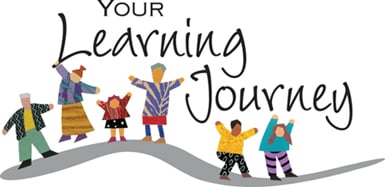
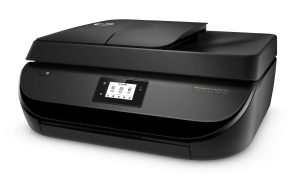 Do you want to make task cards and cool colorful activities for your students, but can’t afford the cost of the color ink to print these things? I feel I just have to pass this tip along to you because it has been a real money saver for me.
Do you want to make task cards and cool colorful activities for your students, but can’t afford the cost of the color ink to print these things? I feel I just have to pass this tip along to you because it has been a real money saver for me.
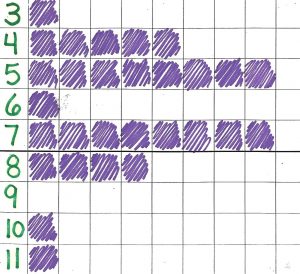
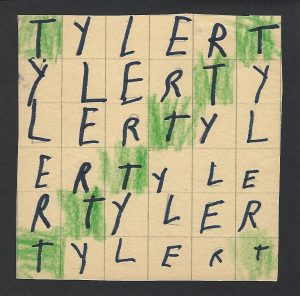
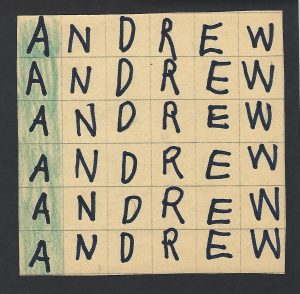

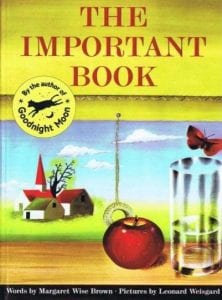
 Miscellaneous parent involvement tips
Miscellaneous parent involvement tips
